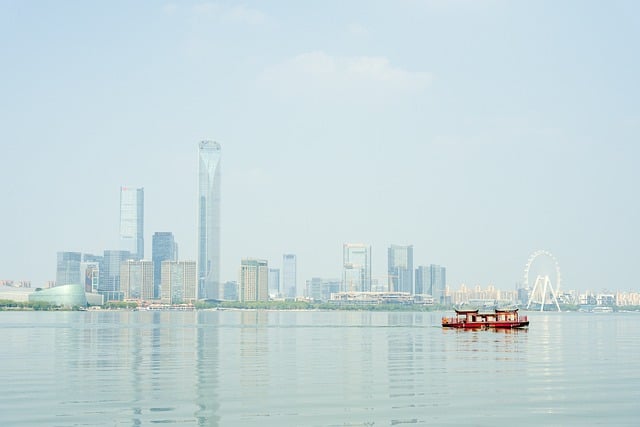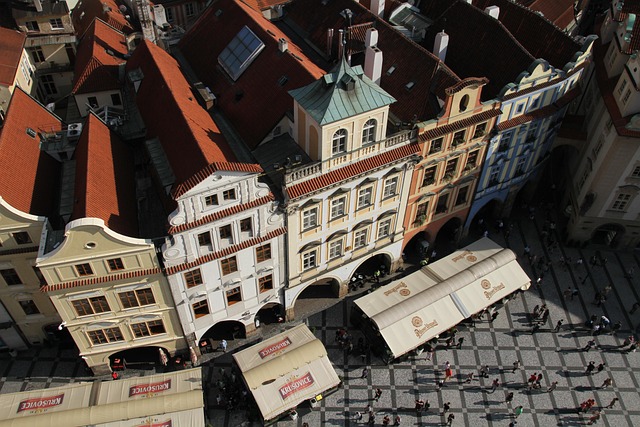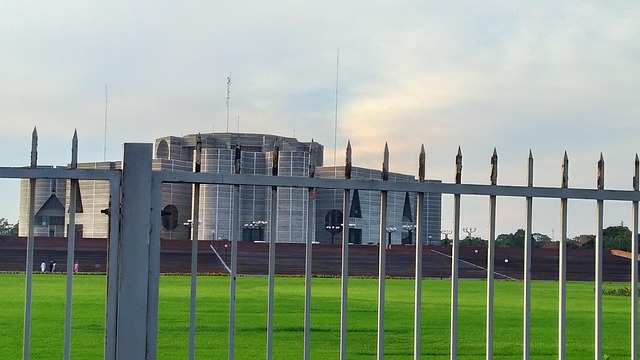
The Karachi Metropolitan Corporation (KMC) is Pakistan's primary urban governing body, managing critical infrastructure and services in Karachi, a vital economic hub. KMC shapes the city through strategic planning, focusing on areas like urban development, sanitation, education, and public health to enhance livability. While facing challenges such as waste management and traffic congestion, innovative reforms aim to transform Karachi into a sustainable, vibrant metropolis through digital initiatives and strategic engagement.
In the heart of Pakistan’s vibrant metropolis, Karachi, lies the Karachi Metropolitan Corporation (KMC), a key player in the city’s urban governance. This article delves into the multifaceted role of KMC, exploring its jurisdiction and impact on the local community. We analyze the corporation’s limits, dissecting the challenges it faces while spearheading development. By examining reforms within KMC boundaries, we shed light on the intricate dynamics shaping Karachi’s landscape, offering insights crucial for effective urban management in one of Pakistan’s most bustling cities.
- KMC's Role in Karachi's Urban Governance
- Understanding Jurisdiction: KMC and Its Limits
- The Impact of KMC on Local Community Development
- Challenges and Reforms within KMC Boundaries
KMC's Role in Karachi's Urban Governance

The Karachi Metropolitan Corporation (KMC) plays a pivotal role in shaping and governing the urban landscape of Karachi, Pakistan’s economic powerhouse. As the city’s primary administrative body, KMC is responsible for delivering essential services and infrastructure that cater to the needs of its vast population. Its jurisdiction encompasses various critical areas, including urban planning, sanitation, water supply, solid waste management, and public health.
Within the complex web of Karachi’s urban governance, KMC acts as a key stakeholder, coordinating efforts between different governmental departments and local communities. By implementing robust strategies and policies, it drives sustainable development, ensuring the city’s growth aligns with environmental considerations and social equity. The corporation’s influence is evident in the upkeep of public spaces, traffic management, and the provision of quality education and healthcare facilities, all of which contribute to enhancing the overall livability of Karachi.
Understanding Jurisdiction: KMC and Its Limits
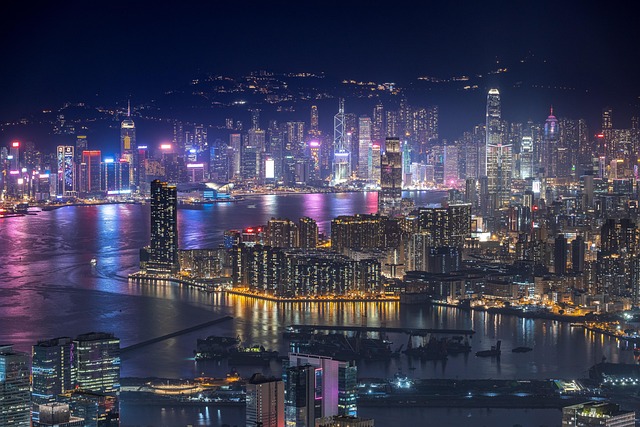
In the context of Karachi, understanding jurisdiction is crucial as it defines the scope and limits of authority for various bodies and services. The Karachi Metropolitan Corporation (KMC) is the primary governing body responsible for managing the city’s infrastructure, public services, and urban planning. Its jurisdiction encompasses a wide range of activities, including water supply, sanitation, waste management, road maintenance, and urban development projects. However, KMC’s powers are not unlimited; they are bounded by the legal framework and constitutional provisions that govern local government entities in Pakistan.
The limits of KMC’s jurisdiction often come into play when dealing with issues that require coordination or collaboration with higher authorities or neighboring districts. For instance, while KMC manages most urban services within its designated area, matters related to provincial highways, law enforcement (except traffic management), and certain environmental concerns might fall outside its direct control. This requires effective communication and partnership between KMC and other relevant bodies to ensure a comprehensive and coordinated approach in tackling Karachi’s diverse challenges.
The Impact of KMC on Local Community Development

The Karachi Metropolitan Corporation (KMC) plays a pivotal role in shaping the development trajectory of the city, with its jurisdiction encompassing one of Pakistan’s most vibrant and populous urban centers—Karachi. The corporation’s influence extends to various aspects of community growth, from infrastructure development to urban planning and service delivery. By implementing strategic initiatives, KMC contributes significantly to the city’s overall progress and livability.
Within its jurisdiction, KMC facilitates local community development through targeted projects that address key areas such as sanitation, education, and public health. Improved infrastructure, including better roads, parks, and recreational facilities, not only enhances the quality of life for residents but also attracts investments and promotes economic growth. Moreover, KMC’s efforts in urban planning ensure sustainable development, preserving Karachi’s cultural heritage while accommodating its ever-growing population.
Challenges and Reforms within KMC Boundaries
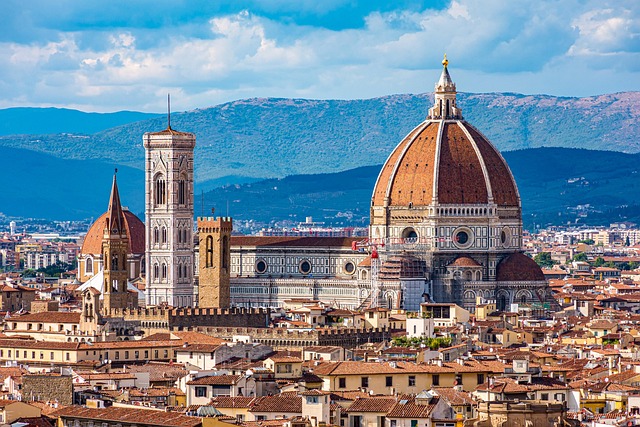
Karachi, as a bustling metropolis, faces unique challenges within its KMC (Karachi Municipal Corporation) jurisdiction. The rapid urban growth has strained basic services and infrastructure, leading to issues like inadequate waste management, frequent power outages, and an overwhelming traffic congestion problem. These hurdles demand innovative solutions to ensure the well-being of its diverse population.
Reforms are underway to address these challenges. The KMC is implementing digital initiatives for efficient service delivery, enhancing street lighting, and introducing smart transportation systems. These efforts aim to improve the quality of life for Karachiites while promoting a sustainable urban environment. Through strategic planning and community engagement, the city is undergoing a metamorphosis, leaving no stone unturned in its bid to become a model metropolis.
The Karachi Metropolitan Corporation (KMC) plays a pivotal role in shaping the urban governance and development of Pakistan’s most populous city, Karachi. By understanding its jurisdiction and the associated challenges, we can appreciate the impact of KMC on local community development. While KMC has brought about significant improvements, there are still hurdles to overcome, particularly regarding infrastructure and service delivery. Through targeted reforms and improved collaboration, Karachi can harness the full potential of its urban landscape, ensuring a brighter future for all its residents.
